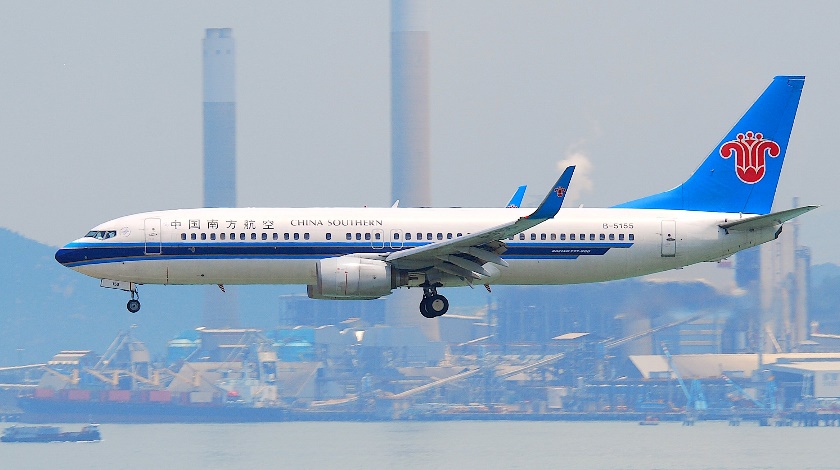Photo: 12go.asia
Reading Time: < 1 minuteAir China and China Southern Airlines were impacted by higher fuel prices in the 2017 first half as the two carriers reported year-over-year (YOY) six-month net profit decreases of 3.8% and 11.6%, respectively, to CNY3.3 billion ($486 million) and CNY2.8 billion.
Beijing-based Air China’s 1H operating revenue rose 8.7% YOY to CNY58.2 billion while operating expenses rose 15.8% to CNY47.7 billion. Fuel costs jumped 40.1% YOY to CNY13.6 billion during the period.
Guangzhou-based China Southern’s 1H operating revenue grew 11.5% YOY to CNY60.3 billion, while operating expenses increased 20% to CNY53 billion. Fuel costs rose 50.1% to CNY15.4 billion.
Air China’s passenger boardings were up 5% YOY to 49.2 million with an average load factor of 81%, up 1.2 points over the year-ago period. Passenger capacity rose 5% YOY to 119 billion ASKs while traffic rose 6.5% YOY to 96.4 billion RPKs. Cargo traffic volume grew 4.7% YOY to 873,733 tonnes.
China Southern transported 52 million passengers in the 1H, upa 12% YOY, with an average load factor of 82.3%, up 2.2 points. Passenger capacity increased 9.4% YOY to 134.5 billion ASKs while passenger traffic jumped 12.5% to 110.7 billion RPKs. Cargo traffic volume increased 7.8% to 810,480 tonnes.
Air China introduced 16 aircraft during the January-June period, comprising one Airbus A330-300, four 737-800s, eight A320 family aircraft, two Boeing 787-9s and one 737-700. It phased out 11 older aircraft during the period, expanding its total fleet to 628 aircraft with an average age of 6.5 years.
China Southern took delivery of 28 aircraft, consisting of one Airbus A330-300, 12 A320 family aircraft, two 787-9s and 13 737-800s. The carrier retired 13 older aircraft, expanding its total fleet to 717 aircraft with an average age of 6.7 years.

